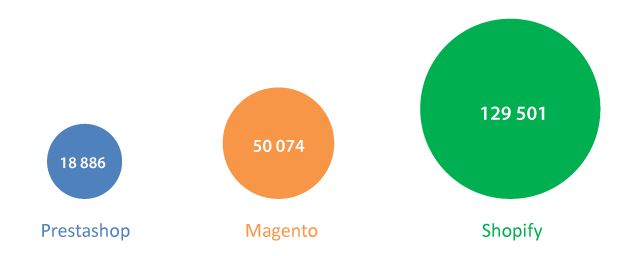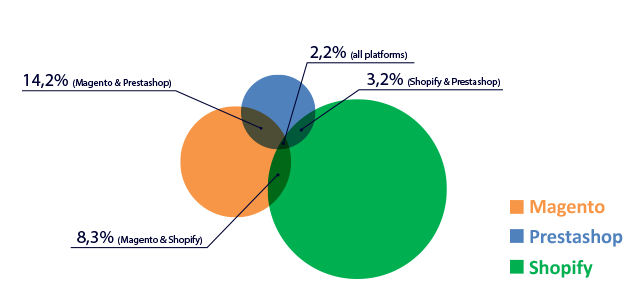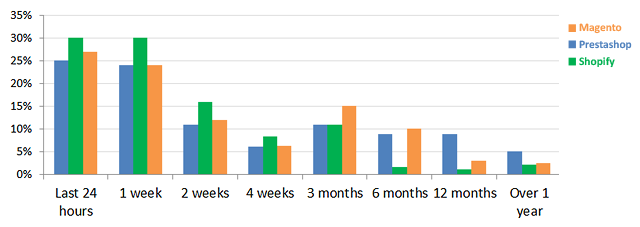Your BigCommerce store is your online marketplace that is the hub of your company. However, there is no real point in having a marketplace if you get no customers entering your shop. Search Engine Optimization consists of methods that can help you gain relevant traffic on your site that helps your business grow its profits. BigCommerce SEO is as relevant today as it was before, contrary to what people had been saying for a few years ago. SEO is an evergreen method of generating organic traffic and leads which gives you a good ROI.
Some of the key SEO methods you should implement for your BigCommerce website are –
- Using Blog
A website blog is one of the best methods of engaging website visitors as well as generating new visitors or traffic on the website. A blog is an effective tool for SEO as a blog post can be used to rank a particular set of keywords quickly as blog posts are indexed quicker by Google as compared to website pages. A blog can also provide company and industry information that can engage your peers and help you connect with other e-commerce retailers. You have to ensure that you publish high-quality and unique content so that you get good quality traffic.
- Capitalize on Social Media
Social media is a power that no business can ignore. Same goes for BigCommerce webstores that are trying to thrive in a competitive market. You need to create your company’s page of all major social media platforms like Facebook, Instagram, Pinterest, Twitter, and Google+. These platforms can be a gold mine for relevant traffic anyone that makes purchases online has a social media account on at least one of these websites. There are various groups that you can submit your posts in to reach an audience that might be interested in what you are selling.
- Start with On-Page SEO
No matter how much effort you put into your off page SEO tactics, it will not give you any positive result unless you have first done proper On-Page SEO. On-Page SEO includes adding keywords you are targeting to your various pages. Adding them in the title tags and meta-descriptions of these pages. Optimizing your page URL also plays a significant role in on page SEO. Apart from optimizing for keywords, your page speed also matters. You must ensure your website’s loading time is fast so that your visitors have a positive experience.
- Hiring an Experienced BigCommerce SEO Company
If you are a novice in the world of SEO, it is better to leave it to the professionals. You must hire a company to handle your BigCommerce SEO so that they can use their years of expertise to optimize your website and help create backlinks for it. By improving your keyword ranking and creating visibility on relevant websites, they can ensure that your BigCommerce webstore gets relevant traffic and converts into buyers.
Clap Creative offers you BigCommerce SEO and BigCommerce digital marketing services that help your online business increase its profits by generating traffic that converts into buyers. We use several white hat on-page and off-page SEO techniques to that make your website rank on search engines while following Google’s guidelines. Apart from SEO, Clap Creative also offers social media marketing and search engine marketing services. To know more about our services or to get a quote, contact us today.





